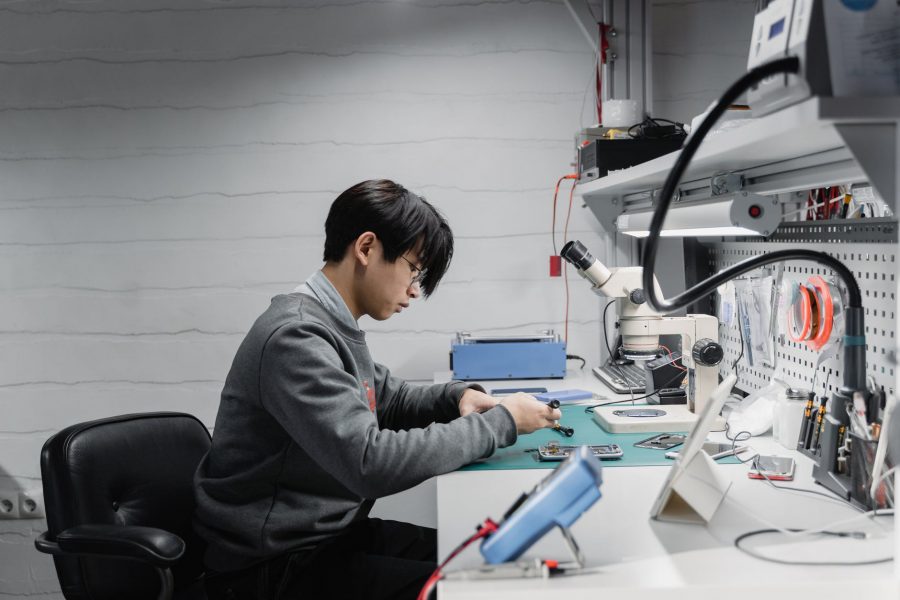A printed circuit board (PCB) is an excellent device for creating a plan of complex systems with electrical components. Because of this, they are used in many items, ranging from home appliances to space stations. They are easy to maintain if you follow these steps.


Take a close look at the residual roofing with a printed circuit board and check for any damage. Are there any cracks in it? If you can’t find any cracks, smell it—it should smell like a PCB, not anything else. If you smell anything weird, don’t use it.
This may seem too obvious, but you want to remove as much of your solder as possible to maintain its condition. For most boards, you simply need to remove the old solder with a soldering iron. Be careful with hot temperatures.
To clean the PCB, you want to dry it by using an alcohol vapor (Isopropyl or rubbing alcohol will work). Using alcohol vapor will not damage the PCB; it effectively cleans any excess solder residue by dissolving it into the vapor.
Next, you want to clean the surface of the PCB by using a soft brush. Use an alcohol vapor to dry it and remove any remaining residue. You should also use this time to touch up any paint marks, as well as check the board for any damages.
After you’ve made sure there are no problems with the board, you need to put it through a series of tests. Doing this will ensure that all connections are in proper working order. Using the board in any capacity will also cause problems to show up in the future.
Also, examine your hardware. If your board does not have all of the correct mounting screws, then you may want to purchase some replacements. You can use this time to also clean the components with isopropyl alcohol.
Use a soft brush to scrub off any excess dust on the components, since this will affect how well they conduct electricity! After you are done with that, check for any physical damage or cracks in them.
Now that all of the components have been checked, you want to start mounting them. The first step here is to take a look at all of your parts and see which goes where—if you need to use a diagram or picture from the manufacturer to help you out, go right ahead.
Before you start soldering, make sure your board can handle it. Excessive heat may damage circuits and other areas on the PCB, although it will also reduce your time spent soldering.
Move your soldering iron to the first component that will connect to the board first. If you are soldering components onto other boards, make sure not to affect surrounding components by using too much solder.
Maintaining a PCB is an easy task if you know what to do. Soldering and cleaning are the keys here since these can help to reduce the chance of damage and improve your solder quality and overall PCB appearance. The PCB will need to be periodically examined for any damage too, although this is not required as often as other maintenance. If you need more help manufacturing or maintaining your PCBs, contact a company like Advanced Circuits.
You must be logged in to post a comment.